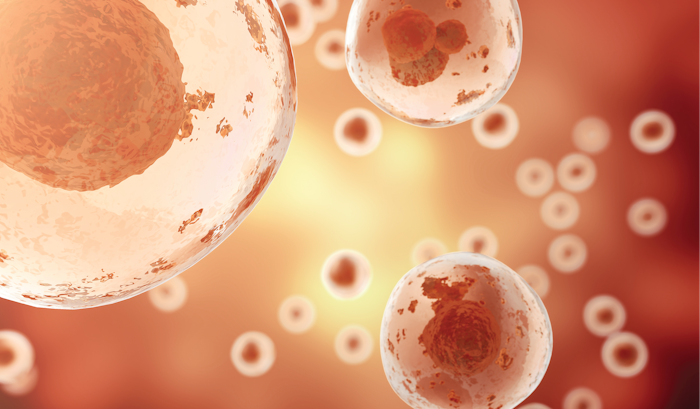Radiogenomic Analysis of Pediatric Brain Tumors
Email Principal Investigator
About this
Project
Brain and central nervous system (CNS) tumors are the most common solid tumors in children. While radiotherapy and chemotherapy have resulted in improving the survival outcomes, these aggressive therapies come at the cost of subsequent and significant long-term sequelae such as neurocognitive, psychosocial abnormalities, and hearing loss1. Most survivors, especially children under the age of 4, suffer from an impaired quality of life with growth deficits due to radiation over-exposure, and are prone to increased risk for secondary malignancies2. Currently, there has been limited work in the development of advanced machine learning and data integration tools to predict survival and predict which patients will respond to aggressive therapies and which ones need de-escalation in therapies. Hence, there is a pressing need to identify approaches using machine learning that can reliably integrate imaging, histopathological, and molecular signatures for improved subtype stratification and to identify alternative treatment options for pediatric tumors with poor prognosis.
Ask The
Scientists
What are the goals of this project?
Develop radiomics risk signature from radiomic features obtained from routine MRI scans, and stratify pediatric brain tumor patients based on risk or survival, by developing a radiomic risk score.
To further study the radiomic features, we would identify underlying molecular associations including pathways, genes and proteins, of the radiomic risk score based stratified patients.
Depending on the availability of clinical variables and pathology, we intend to incorporate these features to develop a combined integrated predictive and prognostic model of survival stratification.
Investigate imaging characteristics of different molecular phenotypes of pediatric brain tumors as well as their subtypes, to explore radio-genomic associations, and develop a radio-genomic signature predicting outcomes.
Depending upon the availability of outcome variables, to develop radiomics and radio-genomic signatures predicting neurocognitive, psychosocial outcomes and impairment to intellectual and neurological function, in survivors.
Meet The
Team
Rohan Bareja
Abhialsh Suresh
Institutions
Case Western Reserve University

Primary

Weill Cornell Medicine
Joined onThe Weill Cornell Medicine Pediatric Brain and Spine Center, located on the Upper East Side campus of New York-Presbyterian/Weill Cornell Medical Center, is nationally recognized for its leadership in the treatment of disorders of the central nervous system in children, particularly brain and spinal



